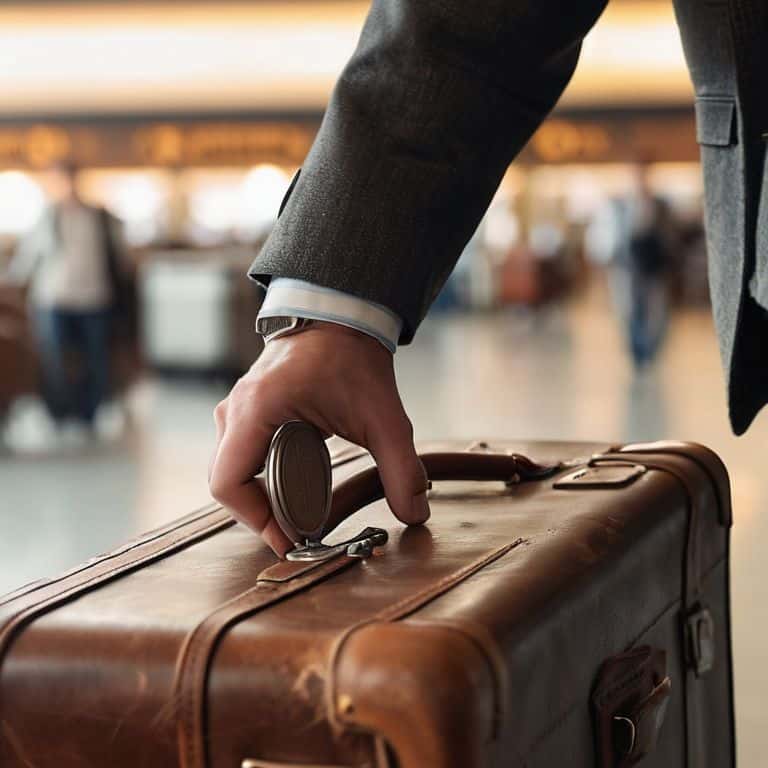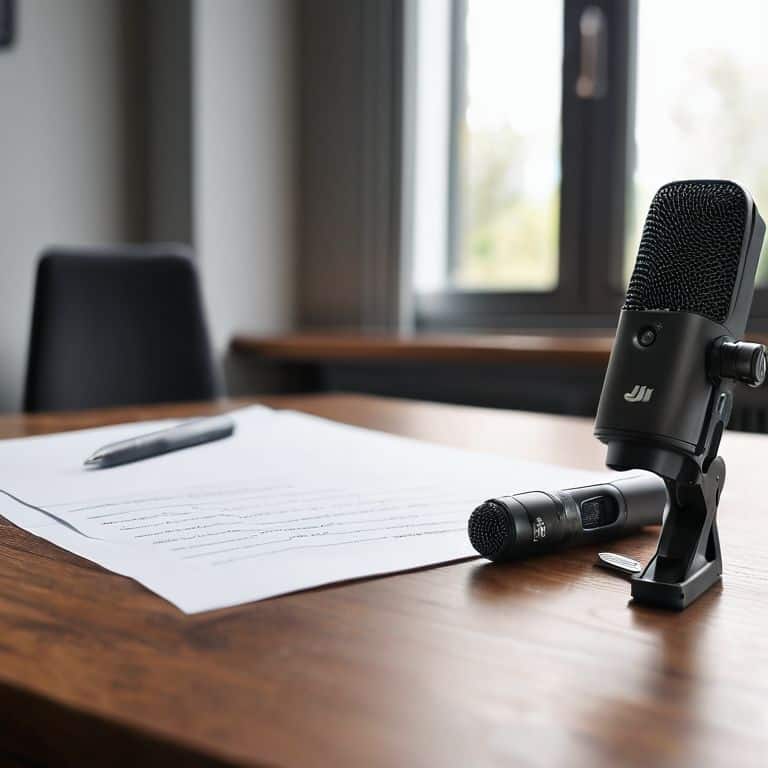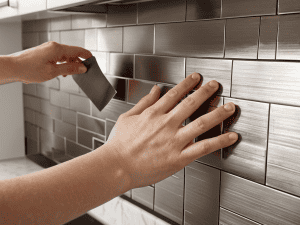I still remember the frustration of standing at the airport baggage claim, watching as suitcase after suitcase rolled by, none of them mine. It was then that I realized the value of knowing how to use an airtag to track your luggage. The anxiety of not knowing where your belongings are can be overwhelming, especially when you’re already stressed about a flight. I’ve been there, and it’s not fun. But, what if I told you there’s a simple way to avoid this chaos? By using an Airtag, you can say goodbye to those frustrating moments and hello to a more relaxed travel experience.
In this article, I’ll share my personal experience and practical tips on how to use an airtag to track your luggage, so you can travel smarter, not harder. You’ll learn how to set up your Airtag, attach it to your luggage, and track its location in real-time. I’ll also cover some common pitfalls to avoid and provide advice on how to get the most out of your Airtag. Whether you’re a frequent flyer or just an occasional traveler, this guide will give you the confidence to let go of luggage worries and focus on enjoying your journey.
Table of Contents
Guide Overview: What You'll Need
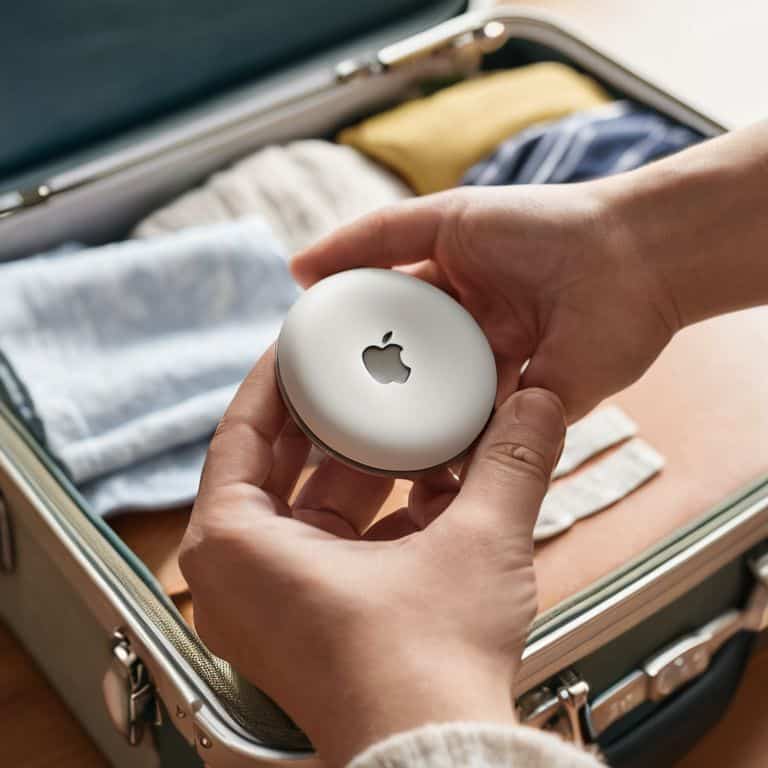
Total Time: 30 minutes
Estimated Cost: $29 – $39
Difficulty Level: Easy
Tools Required
- Apple Device (iPhone or iPad with Bluetooth and internet connection)
- Screwdriver (for removing luggage tag or installing Airtag in a hidden compartment)
Supplies & Materials
- Apple Airtag
- Luggage Tag or Protective Case (for concealing the Airtag)
- Adhesive Strips (for securing the Airtag to the luggage)
Step-by-Step Instructions
- 1. First, let’s start with the basics: to use an AirTag to track your luggage, you’ll need to set it up with your iPhone. This is a straightforward process that involves opening the Find My app, tapping on “Items,” and then following the prompts to add your AirTag. I’ve found that it’s best to do this before you even pack your bags, just to make sure everything is working smoothly.
- 2. Next, you’ll need to physically attach the AirTag to your luggage. I recommend using the provided adhesive or a strong clip to secure it to the handle or a sturdy part of your bag. Don’t worry if it looks a bit bulky – the AirTag is designed to be durable and can withstand the rigors of travel. I’ve had mine attached to my backpack for months now, and it still looks and functions like new.
- 3. Now that your AirTag is set up and attached, it’s time to test its range. I like to take a walk around my house or hotel room with my luggage to make sure the signal is strong and consistent. This is also a good opportunity to familiarize yourself with the Find My app and how it displays the location of your AirTag. You can even use it to track your luggage in real-time, which is especially useful if you’re traveling with multiple bags.
- 4. When you’re ready to check in for your flight, make sure to keep your AirTag-enabled luggage separate from your other bags. This will help prevent any confusion or mix-ups during the check-in process. I also recommend taking a photo of your luggage and the AirTag serial number, just in case you need to reference it later. This has saved me a lot of stress in the past, especially when dealing with lost or delayed luggage.
- 5. Once your luggage is checked, you can use the Find My app to track its journey. This is where the AirTag really shines – you can see exactly where your luggage is, from the moment it’s scanned at check-in to the moment it arrives at your destination. I’ve even used this feature to track my luggage in real-time as it moves through the airport, which gives me a lot of peace of mind.
- 6. If your luggage is lost or delayed, don’t panic! The AirTag can help you locate it, even if it’s been misplaced by the airline. I’ve had this happen to me before, and it was a huge relief to be able to track down my bag and retrieve it. Just make sure to contact the airline as soon as possible and provide them with the AirTag’s serial number and location data.
- 7. Finally, when you arrive at your destination, take a moment to check on your AirTag’s battery life. The AirTag is designed to last for over a year on a single battery, but it’s still a good idea to keep an eye on it, especially if you’re planning a long trip. You can easily replace the battery if needed, and I recommend doing so before you head out on your next adventure.
Tracking Luggage Smarter
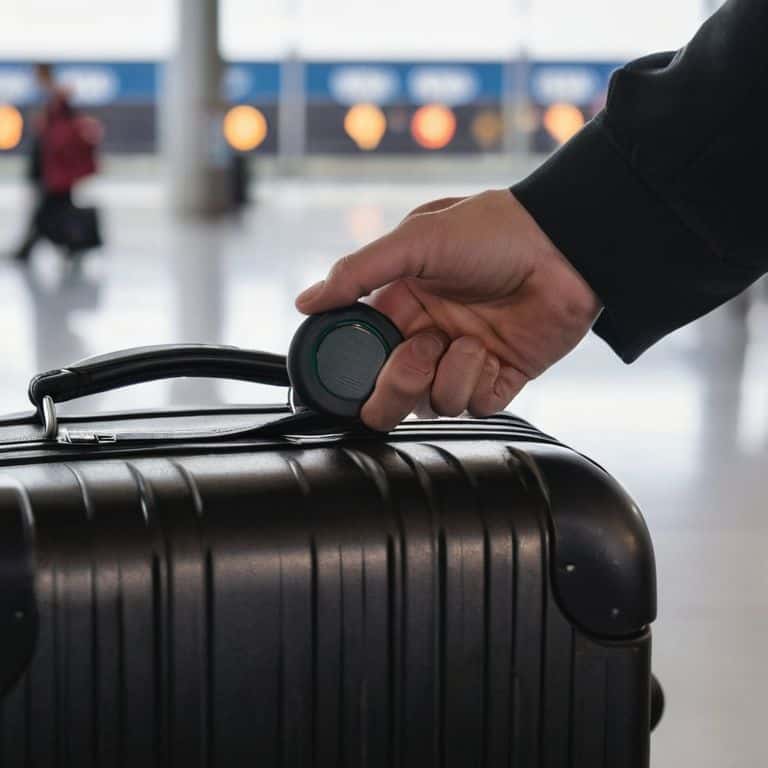
When it comes to tracking luggage smarter, I’ve found that the key is to think ahead. Before you even leave for your trip, consider the best practices for airtag placement on luggage. I like to attach mine to the handle of my backpack or suitcase, where it’s least likely to get damaged or detached. This way, I can keep tabs on my gear even in the most chaotic of airports.
For those who travel with multiple bags, using an airtag with multiple bags can be a total game-changer. I’ve used mine to track both my checked and carry-on luggage, and it’s been a huge relief to know exactly where everything is at all times. Plus, with the airtag battery life for travel being so long-lasting, I don’t have to worry about it running out of juice mid-trip.
One of the features that really sets the airtag apart from other tracking devices, like the tile for luggage tracking, is its precision finding features. This means that even if my luggage is just a few feet away, I can still pinpoint its exact location. It’s been a lifesaver on more than one occasion, especially when traveling in crowded airports or train stations.
Airtag Precision Finding Features
I’ve had a chance to put the AirTag’s Precision Finding features to the test, and I’m impressed. This technology uses the accelerometer, gyroscope, and Bluetooth connectivity to provide a more accurate reading of your luggage’s location. I found it to be especially useful in crowded airports or busy train stations, where the last thing you want to do is spend hours searching for your missing bag. With Precision Finding, I can pinpoint my luggage’s exact location, making it a total stress-saver.
Best Practices for Airtag Placement
When it comes to getting the most out of my AirTag, I’ve found that placement is everything. I always try to attach it to a sturdy, inner compartment of my luggage to minimize the risk of it getting damaged or dislodged. This also helps to reduce interference from other objects and ensures a stronger signal. I’ve had great success with placing it in a zippered pocket or taped to the inside of my luggage’s lid.
By doing so, I can track my luggage with ease, even in crowded airports or busy transit hubs. It’s amazing how much peace of mind this little device has given me, and I highly recommend experimenting with different placement strategies to find what works best for you.
Luggage Tracking Hacks: 5 Essential AirTag Tips
- I always make sure to register my AirTag in the Find My app before a trip, so I can track my luggage from the get-go
- Attaching the AirTag to the inside of my luggage handle has proven to be the most secure spot – no more lost tags for me!
- Enabling notifications for my AirTag in the Find My app gives me peace of mind, as I get alerts when my luggage is moved or arrives at the airport
- I’ve found that using multiple AirTags on a single piece of luggage can provide redundant tracking, just in case one gets damaged or lost during transit
- Before checking in, I double-check that my AirTag is fully charged and set to ‘travel mode’ to ensure it keeps tracking my luggage throughout my journey
Key Takeaways for Smarter Luggage Tracking
I’ve found that using an AirTag to track my luggage has significantly reduced my travel stress, especially in chaotic airports or during layovers
Precision Finding features on the AirTag have been a game-changer for me, allowing me to pinpoint my luggage’s location even in crowded spaces like train stations or bus terminals
By following best practices for AirTag placement, such as attaching it securely to the inside of my luggage and ensuring it’s not blocked by metal or other obstructions, I’ve been able to track my bags with ease and accuracy
Luggage Tracking Wisdom
For me, the Airtag isn’t just about tracking luggage – it’s about buying back a piece of my sanity on every trip, knowing that my gear is exactly where it needs to be, no matter where my adventures take me.
Rachel Bennett
Luggage Liberation: The Freedom to Travel
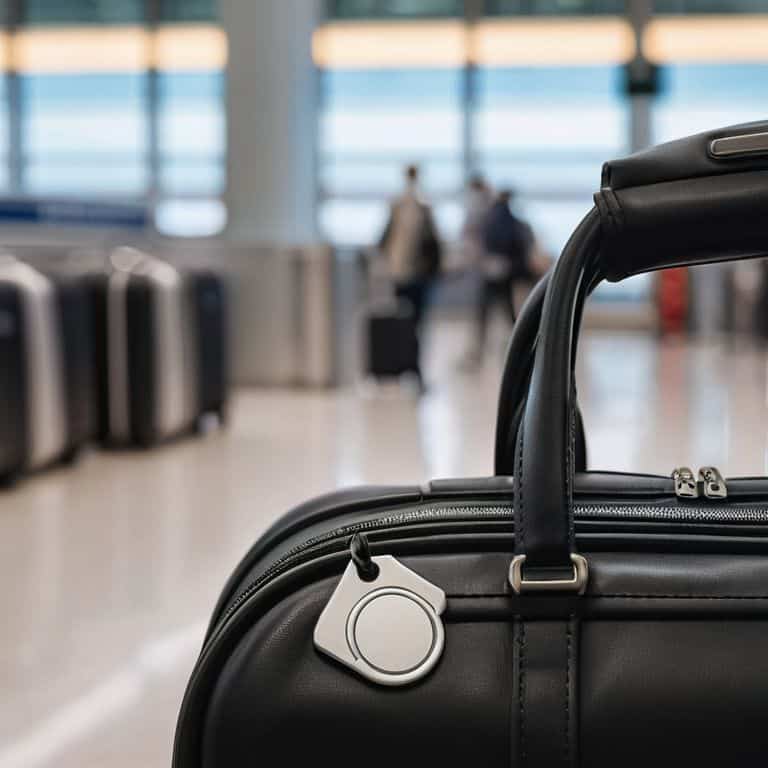
As I reflect on my experiences with AirTags, I’m reminded that tracking luggage smarter is all about embracing a mindset shift. By following the steps outlined in this guide, from setting up your AirTag to utilizing its Precision Finding Features, you’ll be well on your way to a more seamless travel experience. It’s about understanding the best practices for AirTag placement and leveraging the technology to your advantage. With an AirTag, you can say goodbye to the anxiety of lost luggage and focus on what truly matters – capturing the essence of your journey.
As you embark on your next adventure, remember that the right gear can be a game-changer. Don’t let the fear of lost luggage hold you back from exploring the unknown. With an AirTag by your side, you’ll be free to focus on the moments that matter – whether that’s capturing a breathtaking sunset or simply enjoying the journey. So go ahead, take the leap, and discover a world where luggage is no longer a worry, but a minor detail in the grand tapestry of your travel story.
Frequently Asked Questions
Can I use an AirTag to track luggage internationally, or are there any restrictions?
I’ve used my AirTag to track luggage on international flights, and it’s been a lifesaver. While there aren’t many restrictions, it’s essential to check the airline’s and destination country’s regulations regarding Bluetooth tracking devices. Some countries might have specific rules, so it’s always a good idea to research beforehand to avoid any issues.
How long does the AirTag battery last, and can I replace it when it runs out?
I’ve put my AirTag through some serious travel miles, and I’m impressed – the battery lasts over a year. When it finally dies, you can easily replace it with a standard CR2032 coin cell battery, no tools needed. It’s a tiny detail, but it’s a big win for durability and convenience on the go.
Will an AirTag work if my luggage is checked and ends up in a metal cargo hold or a luggage cart?
Honestly, I’ve had my fair share of checked luggage, and I’ve found that AirTags can still work in metal cargo holds or luggage carts, but the signal might be weaker. It’s not a guarantee, but I’ve had success tracking my bags even in these situations – just be patient and keep an eye on the Find My app.




